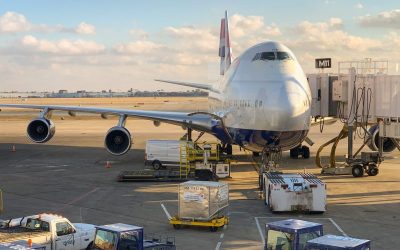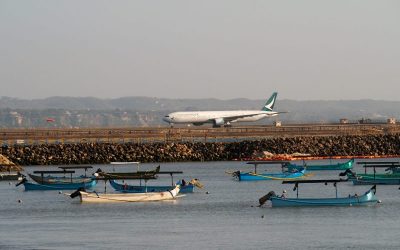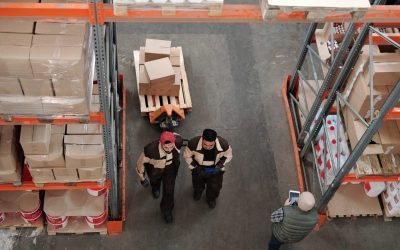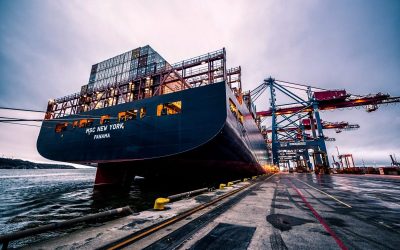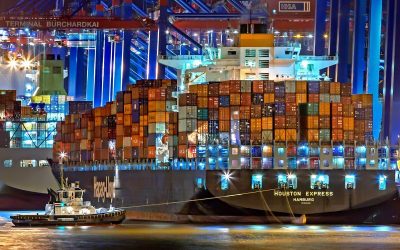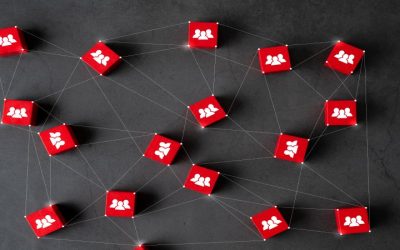Supply chains are to the economy what arteries are to the blood circulatory system. Healthy and efficient supply chains are the signs of a good economy whereas, clogging at any point can prove to be fatal for the entire system. Without an effective supply chain ecosystem, you will have no products to sell, no inventory to stock, and ultimately no revenue to earn.
COVID-19 caused supply chains to cease, and the effects were felt in every industry. Even after the reopening of economies and the recommencement of transport operations, the ripples of the earlier disruption can still be felt everywhere. However, businesses have now entered the recovery phase as supply chains have started to move and recover.
COVID-19 Exposed the Vulnerability of Supply Chains
COVID-19 has it made very clear that risk is always a part of supply chains. As per the ISM Virus survey, 75{7e1984170fd929454d69f1f4a772917cb839fb26f7e1ecd6c8a5e6994cf1a858} of Companies reported supply chain disruptions.
The rapid advancements in automation, enterprise risk management programs, sophisticated communication networks, and single-sourcing have allowed organizations to increase efficiency and streamline their processes. However, the new systems, on the other hand, have also given birth to newer risks.
The increase in cyber-warfare campaigns, the outbreak of a pandemic, natural disasters, uncertainty in international politics, and significant corporations filing for bankruptcies – supply chains can never be 100{7e1984170fd929454d69f1f4a772917cb839fb26f7e1ecd6c8a5e6994cf1a858} secure. In such a volatile and uncertain business environment, an in-depth understanding of the supply chain ecosystem and creating plans to increase organizational resilience to respond to any threats and disruptions quickly is critical to a business’s success.
What is Supply Chain Risk Management?
Supply chain risk management (SCRM) is a procedure that involves a series of strategic steps to identify, analyze and mitigate the risks in end-to-end supply chains.
The key to SCRM is analysis, interpretation, and management of all types of risk at all levels and tiers of supply chains and keeping a close eye on every risk object such as suppliers, ports, location, and more. A visionary approach to CRM, when integrated into the core operations of an enterprise, is a critical enabler to identify and mitigate risks in minimal time.
Types of Supply Chain Risks:
There are several types of supply chains, but they can be divided into two main categories: internal and external.
External Supply Chain Risks: These risks come from outside of your organization, making it difficult for you to predict them. External supply chain management SCM risks are typically harder to eliminate and also require more resources to overcome them.
Demand Risks: Demand risk can occur when an organization miscalculates the demand for products and fails to understand the shift or change in buying behaviors.
Supply Risks: Supply Risks occur when the raw materials or the finished products that your business relies on aren’t delivered on time, eventually leading to the disruption of the flow of your services.
Geo-Political Risks: The disruption in supply chains due to global political events such as wars or revolutions can cause severe consequences for your supply chains.
Natural Disaster Risk: The earthquake and tsunami in Japan broke a link in the global supply chain. Similarly, the current disruptions in supply chains by COVID-19 can also be classified as natural disaster risks.
Internal Supply Chain Risk: Internal supply chain risks involve factors and circumstances that are within your control but can cause significant crises. With the help of modern ERP software (Enterprise Resource Planning), robust analytics programs, and IoT powered solutions; internal risks can be anticipated and minimized but, to some degree, remain unavoidable.
Manufacturing Risk: Any disruption in your manufacturing operations that causes your production to go off-schedule can cause major problems in supply chain management.
Cyber Risks: Your business is always vulnerable to harm by issues that come from the technology that you use. This can be caused by malicious activity, data breaches, or due to poor practices by your staff.
Planning and Control Risks: Inaccurate forecasting of product demand, poor assessment and interpretation, and faulty product development and management can also cause a supply chain crisis.
Financial Risk: The possibility that you or your supplier may enter a situation that may threaten the financial health of your organization.
Tips To Mitigate Supply Risks
At Blink Global, we have experts on international sourcing and supply chain management. Here are a few tips to mitigate the risk and make your supply chains more resilient.
Identify Current Risks: Run a mock test to identify areas with high-risk vulnerability. Evaluate potential scenarios and provide training to staff and prepare them for times of crisis. Conduct internal and external risk awareness training.
Develop Mitigation Contingency Plans: Estimate the financial and reputational impact of possible disruptions and develop mitigation contingency plans that will help you reduce the impact of any disruptive event. It is also important for retailers to have a logistics contingency plan.
Diversify Suppliers: If we analyze things in retrospect, it seems that the dependency on a single country to fulfill the needs for raw materials or finalized products is the biggest mistake businesses have been making. As the quote goes, “don’t put all your eggs in one basket.” The spread of COVID-19 has certainly exposed vulnerabilities of all those organizations that relied on just one country to fulfill their supply. Create alternative supply continuity sources or secondary suppliers to ensure resilience in your supply chain network.
Include Stakeholders in Risk Planning: Include all key stakeholders such as suppliers, logistics providers, and data management network and customer service representatives to ensure that everyone is on the same page at the time of crisis and knows what to do.
Consolidate Data and Ensure Easy Access: Data is the most valuable asset especially in times of crisis. In order to leverage the maximum power of data, make sure you have it organized in a single, centralized, and well-organized repository.
Cargo Insurance: Insurance not only gives you peace of mind but is also really effective in protecting in-transit shipments and protecting you against losses or damage in case of any natural disasters or human errors.
Secure Your Supply Chains With Blink Global:
At Blink Global, we have experts that have a deep understanding of global supply chains. We provide international sourcing and domestic sourcing services and help companies get the right raw material or finished products at the right cost. Contact us here for details.


